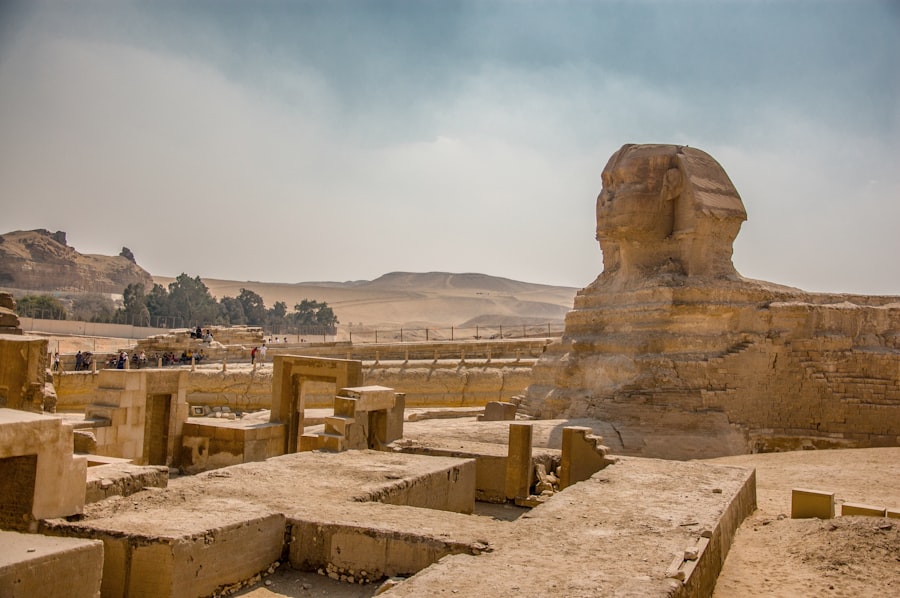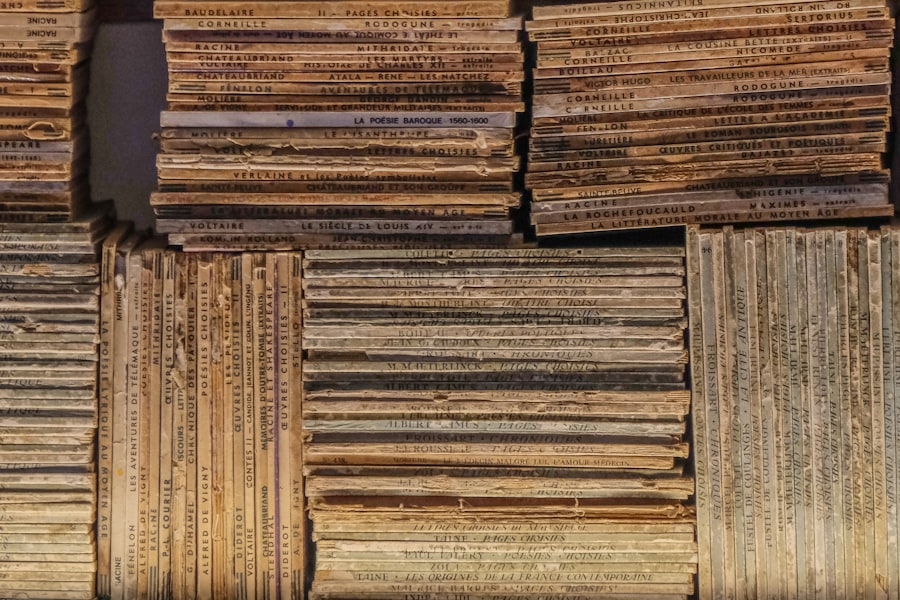Language serves as a fundamental pillar in the study of ethnohistory, acting as both a vessel for cultural expression and a repository of historical knowledge. It is through language that communities articulate their identities, beliefs, and experiences, making it an indispensable tool for ethnohistorians seeking to understand the complexities of human societies. The nuances of language can reveal much about a culture’s worldview, social structures, and historical narratives.
For instance, the vocabulary surrounding kinship in many Indigenous languages often reflects intricate social relationships that may not be easily translatable into English or other dominant languages. This specificity can provide ethnohistorians with insights into the social fabric of a community, highlighting how language shapes and is shaped by cultural practices. Moreover, language is not static; it evolves over time, influenced by historical events, migrations, and interactions with other cultures.
Ethnohistorians must pay close attention to these linguistic shifts as they can indicate broader socio-political changes within a community. For example, the introduction of new terms related to technology or governance can signal the impact of colonialism or globalization on Indigenous societies. By analyzing these linguistic transformations, researchers can trace the historical trajectories of communities and understand how they have adapted to external pressures while maintaining their cultural integrity.
Thus, language is not merely a means of communication; it is a dynamic element that encapsulates the lived experiences and historical consciousness of a people.
Key Takeaways
- Language is a crucial tool in understanding and preserving ethnohistorical narratives, as it holds the key to cultural identity and historical knowledge.
- Customs and traditions provide valuable insights into the social, political, and economic structures of a community, and are essential for a comprehensive understanding of ethnohistory.
- Photography plays a significant role in capturing and preserving ethnohistorical evidence, providing visual documentation of cultural practices and traditions.
- Integrating language, customs, and photography is essential for creating a comprehensive and accurate documentation of ethnohistorical narratives.
- Ethnohistorical research presents challenges such as language barriers, ethical considerations, and the need for cultural sensitivity, which must be carefully navigated for responsible and respectful documentation.
Understanding Customs and Traditions in Ethnohistory
Customs and traditions are the living expressions of a culture’s values and beliefs, serving as vital components in the study of ethnohistory. These practices encompass a wide range of activities, from rituals and ceremonies to everyday behaviors and social norms. Ethnohistorians delve into these customs to uncover the underlying principles that govern a community’s way of life.
For instance, the practice of storytelling in many Indigenous cultures is not just a form of entertainment; it is a means of transmitting knowledge, history, and moral lessons across generations. By examining these narratives, researchers can gain insights into how communities perceive their past and navigate their present. Furthermore, customs and traditions often reflect the historical experiences of a community, including periods of conflict, resilience, and adaptation.
Ethnohistorians analyze these traditions to understand how communities have negotiated their identities in the face of external influences. The preservation of traditional practices can also serve as a form of resistance against cultural assimilation, allowing communities to assert their distinctiveness in a rapidly changing world.
By documenting these customs, ethnohistorians contribute to a richer understanding of cultural continuity and change.
The Role of Photography in Preserving Ethnohistorical Evidence

Photography has emerged as a powerful tool in the field of ethnohistory, providing visual documentation that complements textual records and oral histories. The advent of photography in the 19th century coincided with significant changes in many Indigenous communities, making it an invaluable resource for capturing moments that might otherwise be lost to time. Photographs can serve as tangible evidence of cultural practices, social structures, and historical events, offering ethnohistorians a unique lens through which to analyze the past.
For instance, images of traditional ceremonies or daily life can reveal details about clothing, tools, and social interactions that enrich our understanding of a community’s history. Moreover, photography plays a crucial role in preserving the voices and perspectives of marginalized communities. Ethnohistorical research often involves collaboration with Indigenous peoples, who may use photography as a means of asserting their agency in narrating their own histories.
By engaging with local photographers or community members who document their lives through images, ethnohistorians can access narratives that challenge dominant historical accounts. This collaborative approach not only enriches the research but also empowers communities to reclaim their stories and representations. The ethical implications of photography in ethnohistory are significant; researchers must navigate issues of consent, representation, and ownership while ensuring that the images they collect serve to honor the subjects’ dignity and cultural significance.
Utilizing Language, Customs, and Photography to Document Ethnohistorical Narratives
The integration of language, customs, and photography creates a multifaceted approach to documenting ethnohistorical narratives that captures the richness of human experience. By weaving together these elements, ethnohistorians can construct comprehensive accounts that reflect the complexities of cultural identity and historical context. Language provides the framework for understanding the meanings behind customs and practices, while photography offers visual evidence that brings these narratives to life.
This combination allows for a deeper exploration of how language shapes cultural expression and how visual documentation can enhance our understanding of those expressions. Furthermore, this integrative approach fosters interdisciplinary collaboration among researchers from various fields such as anthropology, linguistics, and visual studies.
By drawing on diverse methodologies and perspectives, ethnohistorians can create more nuanced interpretations of cultural phenomena. For instance, linguistic analysis might reveal how specific terms related to land stewardship reflect a community’s relationship with their environment, while photographs can illustrate the physical manifestations of those relationships through traditional land-use practices. This holistic perspective not only enriches our understanding of individual communities but also contributes to broader discussions about cultural resilience and adaptation in an increasingly interconnected world.
Challenges and Ethical Considerations in Ethnohistorical Research
Despite its potential for enriching our understanding of human societies, ethnohistorical research is fraught with challenges and ethical considerations that must be navigated carefully. One significant challenge lies in the potential for misrepresentation or appropriation of cultural narratives. Researchers must be vigilant about ensuring that they accurately represent the voices and experiences of the communities they study rather than imposing external interpretations that may distort or oversimplify complex realities.
This requires building trust with community members and engaging in collaborative research practices that prioritize their perspectives. Additionally, ethical considerations surrounding consent and ownership are paramount in ethnohistorical research. When utilizing language recordings or photographs, researchers must obtain informed consent from individuals or communities involved in the documentation process.
This is particularly important when dealing with sensitive topics or historical traumas that may evoke strong emotions or resistance from community members. Ethnohistorians must also consider how their work will be disseminated and who will have access to it; ensuring that communities retain control over their narratives is essential for fostering respectful relationships between researchers and subjects.
The Future of Ethnohistory: Integrating Language, Customs, and Photography

As we look toward the future of ethnohistory, the integration of language, customs, and photography will continue to play a pivotal role in shaping our understanding of diverse cultures and histories. Advances in technology are expanding the possibilities for documenting ethnohistorical narratives; digital platforms allow for greater accessibility and dissemination of research findings while enabling communities to engage with their own histories in innovative ways. For instance, online archives that combine audio recordings of oral histories with photographs can create immersive experiences that invite users to explore cultural narratives interactively.
Moreover, interdisciplinary collaborations will likely become increasingly important as researchers seek to address complex questions about identity, power dynamics, and cultural resilience in contemporary contexts. By drawing on insights from linguistics, anthropology, visual studies, and other fields, ethnohistorians can develop more comprehensive frameworks for understanding how language shapes cultural practices and how visual documentation can enhance our appreciation for those practices. This collaborative spirit will not only enrich academic discourse but also empower communities to reclaim their narratives and assert their agency in an ever-evolving world.
In conclusion, the future of ethnohistory lies in its ability to adapt to new methodologies while remaining grounded in ethical considerations that prioritize community engagement and representation. By continuing to integrate language, customs, and photography into their research practices, ethnohistorians can contribute to a more nuanced understanding of human societies that honors the richness and diversity of cultural experiences across time and space.
For further exploration of cultural practices and traditions, you may be interested in reading about the Buddhist teachings of the Eightfold Path, Brahma Viharas, and Paramitas. This article delves into the principles and values that guide the spiritual path of Buddhism, offering insights into the moral and ethical framework of this ancient religion. To learn more about how psychology, sociology, psychiatry, and philosophy intersect and diverge, check out this article that explores the distinctions between these disciplines. Understanding the nuances of these fields can provide valuable context for studying the complexities of human behavior and society.
FAQs
What is ethnohistory?
Ethnohistory is the study of cultures and indigenous peoples using historical and ethnographic methods to understand their past and present.
How does language play a role in ethnohistory?
Language is a crucial tool in ethnohistory as it helps researchers understand the cultural and historical context of indigenous peoples. It provides insights into their traditions, beliefs, and social structures.
Why are customs important in ethnohistory?
Customs are important in ethnohistory as they provide valuable information about the daily lives, rituals, and traditions of indigenous peoples. Studying customs helps researchers understand the cultural practices and social organization of a community.
How does photography contribute to ethnohistory?
Photography is a valuable tool in ethnohistory as it allows researchers to visually document and preserve the material culture, traditions, and daily life of indigenous peoples. It provides a visual record that can be used for analysis and interpretation.






















+ There are no comments
Add yours